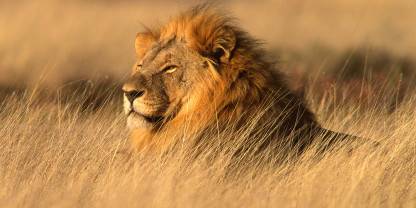About one-third of the 340 bird species recorded in Etosha National Park are migratory birds. This includes a good number of waders, which are attracted to the Etosha Pan in the Wet season (November to April). The pan is an important breeding ground for lesser and greater flamingos. The desert habitat is also excellent for seeing a wide variety of birds of prey. Etosha has up to 35 species of raptor, including many hawks, vultures, eagles and falcons.
Birding Specials Treats for Avid Birders
(NE) near-endemic = lives in Namibia and neighboring countries- Abdim’s stork
- African hobby
- Bare-cheeked babbler (NE)
- Black-chested prinia
- Black-faced babbler
- Blue crane
- Caspian plover
- Chestnut weaver
- Dwarf bittern
- Greater flamingo
- Lesser flamingo
- Lesser kestrel
- Marsh sandpiper
- Monotonous lark
- Montagu’s harrier
- Monteiro’s hornbill (NE)
- Pallid harrier
- Pink-billed lark
- Red-footed falcon
- Sanderling
- Short-toed rock thrush
- Southern pied babbler
- Stark’s lark
- Violet wood-hoopoe (NE)
- White-tailed shrike (NE)
Best Time for Bird Watching
Etosha is a very seasonal park. The months of the Dry season (May to October) are better for wildlife viewing, while the Wet season (November to April) makes for more successful bird watching. This is mainly due to the arrival of summer migrants from Europe and Asia. After heavy rains, the water becomes deep enough for the pan to act as a breeding ground for greater and lesser flamingo. Most birds of prey are resident throughout the year.

